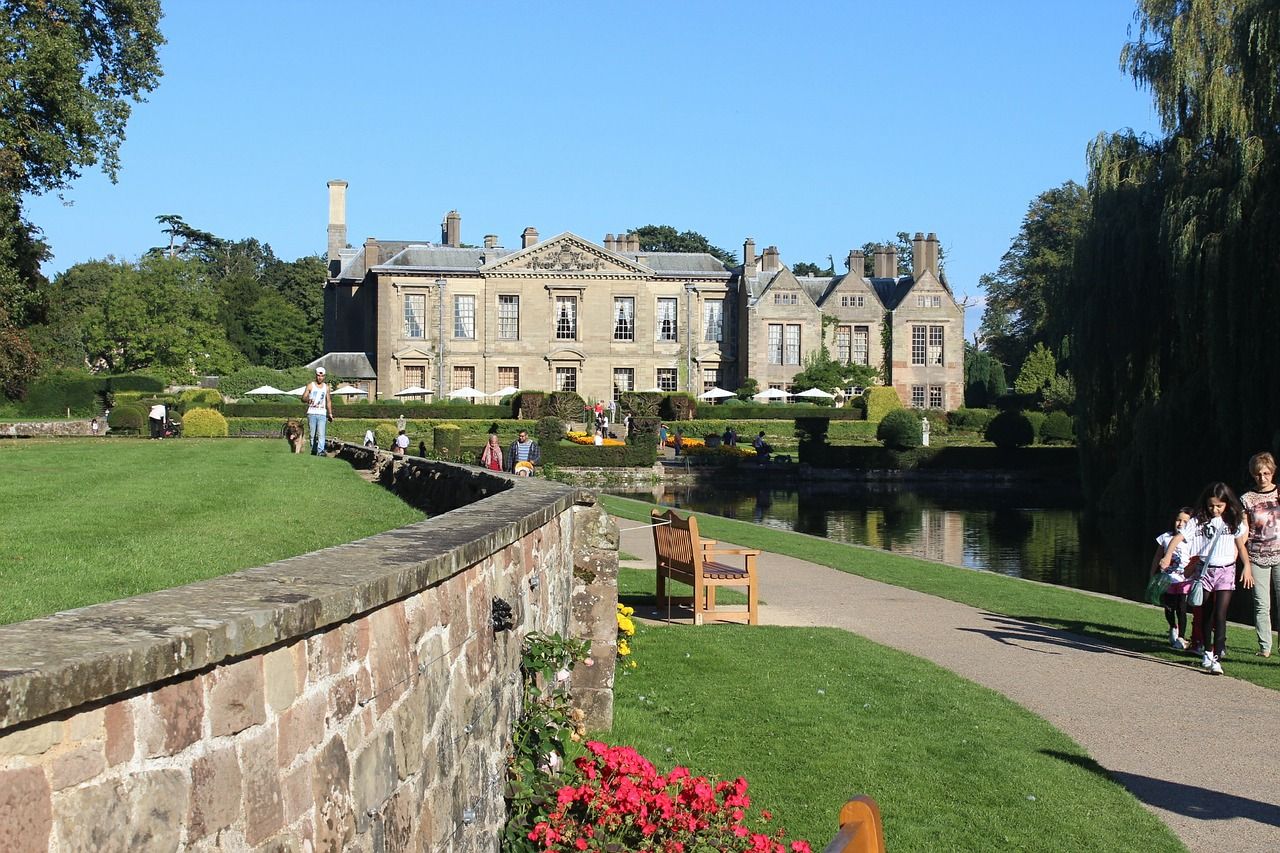Get to know Coventry
Coventry is set to be the UK’s City of Culture in 2021, and there are plenty of reasons why it deserves to be just that. It’s time to stop viewing the lively metropolitan borough as a World War II bomb site that should be avoided. Coventry has a lot to offer, and a rich history beyond the Blitz.
The wall painting has been dubbed Coventry’s ‘Sistine Chapel’
Whilst it’s fair to say that a lot of Coventry’s history was wiped out on November 14th1940, it is still home to one of England’s most magnificent cathedrals. The medieval Grade I listed ruin open to the public is a reminder to all of us of the bombings which took place during the Second World War. Coventry was one of the worst-hit cities during the Blitz, which goes to show how incredible this cathedral was to not have been wiped out clean.
Coventry is also home to the Holy Trinity Church, dating back to the 12thcentury. This church features the most impressive Doom wall painting, which is said to have been painted in the 1430s. The wall painting has been dubbed Coventry’s ‘Sistine Chapel’, with its wall art being painted by local medieval artists 50 years before Leonardo da Vinci’s ‘The Last Supper’.
This is where the unflattering label of “Peeping Tom” originates from.
Aside from it’s medieval architecture, Coventry has a rich history filled with perhaps one of the most well-known stories. The story of Lady Godiva and Peeping Tom is one told across the country and is celebrated in the city through both a clock and statue right in the centre of the city. For those of you unfamiliar with the legend, Lady Godiva, an English Noblewoman, rode through the city’s streets naked on a horse, in protest of a tax her husband (Earl of Mercia) imposed on his tenants. In later versions of the tale, a man called Thomas was said to have watched as Lady Godiva rode naked and was struck blind or dead. This is where the unflattering label of “Peeping Tom” originates from.
Coventry’s rich history is not all medieval – its automotive and military industries, which are well depicted in Coventry’s Transport Museum, were the reason why the city was such a prime target during the war.
this growth and intertwining of its medieval past and modern spaces
Yet, despite the damage that the city undertook during the war, Coventry’s planners made a key decision after the war which makes this city what it is today. Instead of rebuilding the entire city, Coventry rose from the ashes (quite literally in this case) with its Phoenix Initiative. The best example of this initiative is Coventry Cathedral. Instead of rebuilding the medieval cathedral and attempting to restore it to its previous glory, a modernist reincarnation was erected right next to the ruins, making the city no longer an abandoned landscape.
The initiative continues, and Coventry continues to grow – and it’s this growth and intertwining of its medieval past and modern spaces which makes this city far better than its reputation may have you believe. Coventry is a city that came back to life, against all the odds, and continues to live and thrive.

Comments